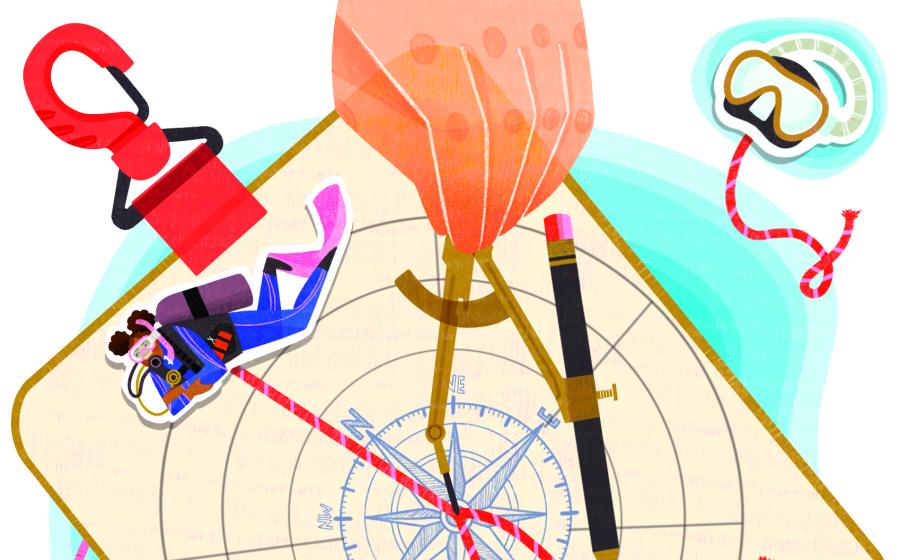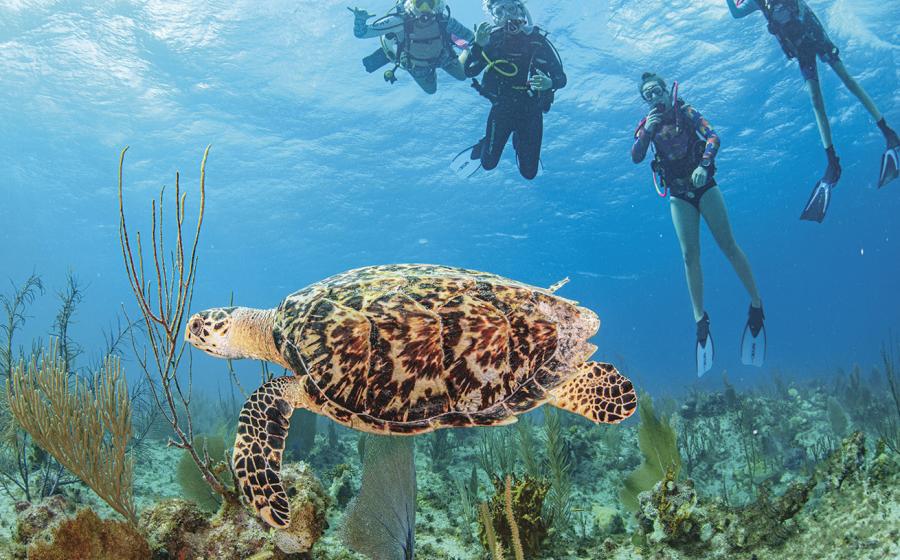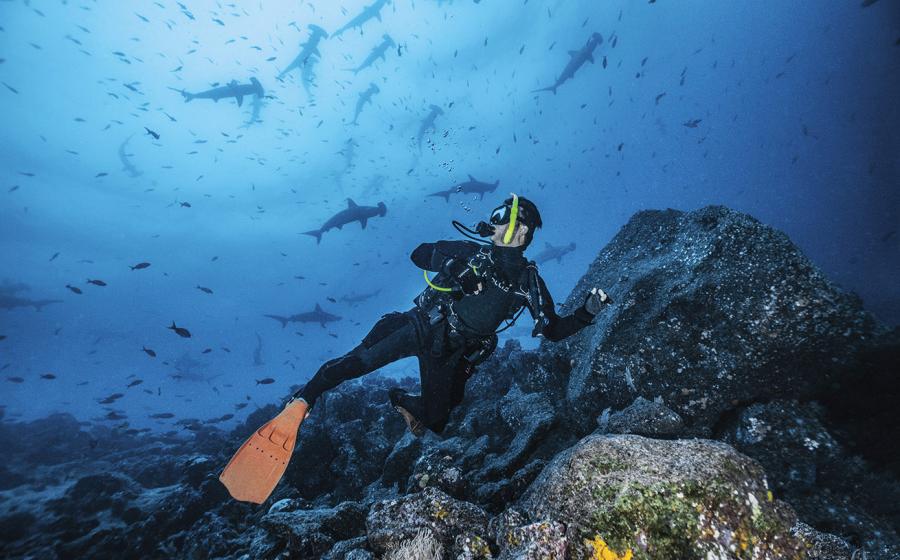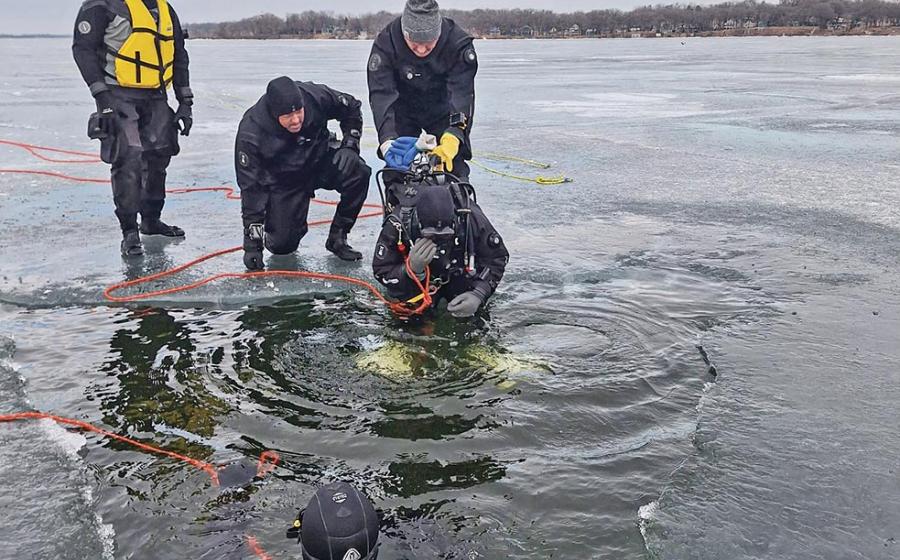Master Diver
As I meander through the cool, blue water, moving along with the current, I look around, observing the colorful fish and beautiful corals of the Red Sea. I watch huge schools of jack swim past me, blue-spotted stingrays glide by and lionfish move slowly along the coral heads. When the dive comes to an end, I surface with my group, and as we wait for the boat to come pick us up, I get excited knowing that I've just completed my Drift Dive specialty and come one step closer to achieving my Master Diver certification. Last summer I decided to do something out of the ordinary for me. I spent three weeks diving in the Red Sea with kids I didn't know on a program called Broadreach, and I was able to earn my Master Diver certification. It took a ton of work to go from an Open Water Diver to a Master Diver, but in the end, it was definitely worth the effort. In order to get to Master Diver, I first had to gain my Advanced Open Water certification, which required five specialty dives, all of which I was able to easily complete on the first week of the trip. Afterward, I continued with my diving and went on to complete the five specialties, Rescue Diver certification and 50 dives that are required to earn Master Diver certification. Before participating in each of the specialty dives, I had to read a chapter on the specialty and answer written questions about it. This was definitely the most tedious part of the process, but once it was over, I was psyched to get in the water and try out what I'd learned. While on this trip I decided to complete all of the seven specialties offered by Broadreach. The easiest to achieve were the Boat Diver, Drift Diver, Underwater Naturalist and AWARE Fish Identification specialties, since they only require two dives each. Many of the specialty dives were a lot of fun: In fish identification course I dove with a slate and identified certain fish and the families they belonged to (while at the same time playing tic-tac-toe with my dive buddy). It was also a bonus to get my Boat Diver specialty effortlessly, since all of our dives were technically boat dives to begin with. And since I can be a fairly lazy person at times, I thoroughly enjoyed getting my Drift Diver specialty, where I just swam with the current and got picked up by the boat. The Deep Diver, Wreck Diver and Night Diver specialties, which each require four dives, were definitely the most exhilarating dives. During our deep dives I got to test the effects of nitrogen narcosis by seeing how long it took me to write my full name backward on a slate (it probably took me ages not because I was narked but because I had to figure out how to spell "Mary Kathryn James" backward.) Getting my Wreck Diver specialty was awesome because I got to explore some really cool wrecks, like the Thistlegorm a WWII-era ship, which still had a ton of old jeeps and motorcycles in it. I also loved going on all the night dives because it was so cool to be in the water at night and see numerous lionfish, octopus and other fish that were sleeping. The hardest part of getting my Master Diver certification was completing the Rescue Diver specialty. I had to study proper rescuing techniques, what to do in specific situations and other important topics. Although the work was really annoying -- not to mention boring -- it definitely came in handy once the rescue scenarios took place and my group had to rescue an "unconscious" diver and help someone "suffering from decompression sickness." Even though the situations were pretend, we all took it very seriously yet still managed to have fun. When it was all over, it was really cool to be able to rescue a diver on my own using the skills I had spent so much time learning. All in all, despite the hard work and effort it took to earn my certifications, I would do it again -- it was worth it to know that I had accomplished my goals and met some really great people. And at the end of the day, I got to do what I love most: dive.










